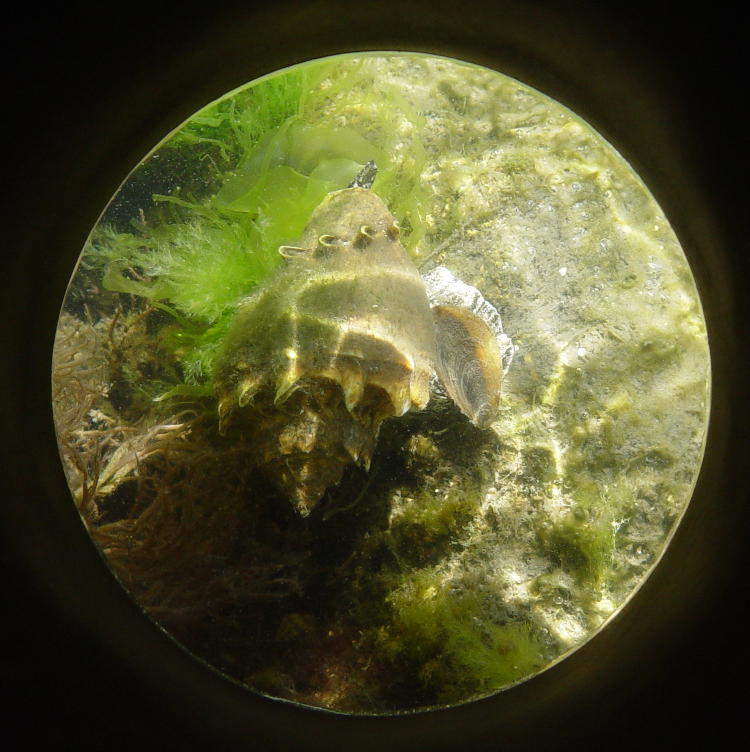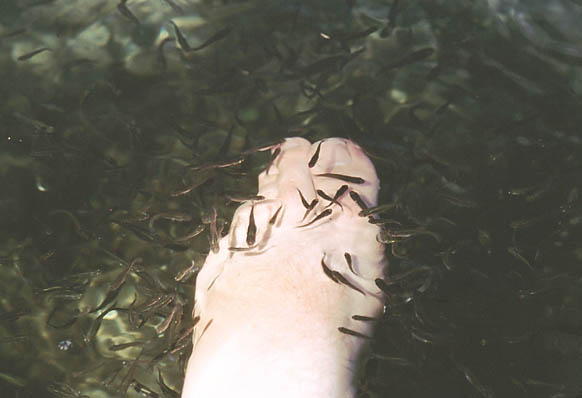It’s been a while since the last, mostly because I haven’t been reading that many new books, but I just had to put this one in here. When we did that “All Hallows Read” thing for Halloween, The Girlfriend had procured a fine selection of books, for all age groups, by shopping through the secondhand book and thrift stores. But as we were setting them out, one in particular caught my eye, or more specifically, the author of one caught my eye.
 If you’re not familiar with the name, Ken Ham is a notorious Young-Earth Creationist, known for his debates with Bill Nye and his cute-as-buttons ark park in Kentucky, where he espouses his ideas about biblical literalism – essentially, the [christian] bible is absolutely true in all regards, even when blatantly contradicting itself. And of course, one of those absolutes is the timeline of creation, establishing that the Earth is only around six thousand years old because that’s all the generations that have been outlined therein. We know this because… because. It says so right there in the bible, and unlike every other book in the world, the bible cannot contain prevarications, myths, or self-serving fables. You may think I’m being snarky, but Ham says as much himself right in his book.
If you’re not familiar with the name, Ken Ham is a notorious Young-Earth Creationist, known for his debates with Bill Nye and his cute-as-buttons ark park in Kentucky, where he espouses his ideas about biblical literalism – essentially, the [christian] bible is absolutely true in all regards, even when blatantly contradicting itself. And of course, one of those absolutes is the timeline of creation, establishing that the Earth is only around six thousand years old because that’s all the generations that have been outlined therein. We know this because… because. It says so right there in the bible, and unlike every other book in the world, the bible cannot contain prevarications, myths, or self-serving fables. You may think I’m being snarky, but Ham says as much himself right in his book.
Naturally, I removed the book from the collection of stuff that we were handing out after bringing it to the attention of The Girlfriend, who was grateful – she was unfamiliar with the author and had not skimmed the content, but was horrified at the potential reaction of any recipients: whether or not they were in line with this vapid concept of YEC, they still would have thought we were. Such an impression probably wouldn’t have lasted long anyway, because I have great fun chasing away all of the religious recruiters that come to the door and with no attempt to hide my derision, but still…
As I was taking the photos to illustrate this post, I decided to go ahead and do a full review – it was a children’s book, after all, and wouldn’t take long to read the entire thing; probably about as long as to type the review, really. Did I come up against anything unexpected? Not really. It was as disappointing as you might imagine.
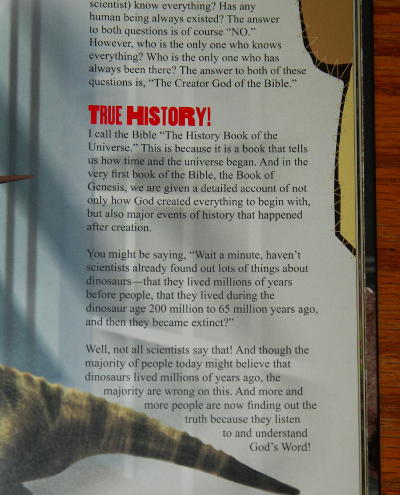 First off, no one is going to mistake this for a book on dinosaurs, despite Ham’s best efforts to list a lot of them. This is evangelical indoctrination, pure and simple, a hamfisted (a ha ha) attempt to use a subject that kids find popular to try and instill his own concept of biblical literalism. We’re not even talking the hoary old ‘Teach the Controversy’ idea, because he does not present controversies, only the idea that scientists are wrong, because bible. When he is presenting the fossil evidence of body types and habitats, for instance, he is content to simply refer to “scientists,” but when it comes to ages and diet, he begins to make the distinctions of “secular scientists” and “creation scientists,” a division to be found among evangelists and nowhere else, since science is not built around ideology, but around the strength of the research. This research is openly dismissed within the book whenever it fails to support any biblical passages, regardless of how much evidence and interconnectedness it demonstrates; Ham even goes so far as to say, multiple times, that secular scientists “guess” at how old things are, completely failing to address the huge body of work that supports the consensus of a 4.5 billion-year-old Earth.
First off, no one is going to mistake this for a book on dinosaurs, despite Ham’s best efforts to list a lot of them. This is evangelical indoctrination, pure and simple, a hamfisted (a ha ha) attempt to use a subject that kids find popular to try and instill his own concept of biblical literalism. We’re not even talking the hoary old ‘Teach the Controversy’ idea, because he does not present controversies, only the idea that scientists are wrong, because bible. When he is presenting the fossil evidence of body types and habitats, for instance, he is content to simply refer to “scientists,” but when it comes to ages and diet, he begins to make the distinctions of “secular scientists” and “creation scientists,” a division to be found among evangelists and nowhere else, since science is not built around ideology, but around the strength of the research. This research is openly dismissed within the book whenever it fails to support any biblical passages, regardless of how much evidence and interconnectedness it demonstrates; Ham even goes so far as to say, multiple times, that secular scientists “guess” at how old things are, completely failing to address the huge body of work that supports the consensus of a 4.5 billion-year-old Earth.
Most noticeable, of course, are the gymnastics he goes through to present the adorable idea that all animals were vegetarian until they left the garden of eden, so those long sharp teeth of so many species? Yep, for plants; carnivorousness came about after all that sinning from adam and eve and the expulsion from paradise. Why did the animals receive god’s wrath over the actions of two humans? Like all others who find this story worth repeating, he never says, though he did try passing off the chestnut that every last person in the world, save for the eight people in noah’s family, were all sinners again, thus the flood. And yes, dinosaurs were on the ark, dying out sometime in the last four thousand years after this occurred.
Ham, as expected, repeats the curious concept of ‘kinds’ to try and explain away how this was supposed to take place. Even though it’s abundantly obvious from the biblical passages that the word “kinds” is interchangeable with “species,” Ham assumes that the bible was written in modern English and “kinds” instead refers to much broader groups; thus, noah only needed a representative pair of, say, horned dinosaurs to breed every last species of them that we have evidence of. Yes, he completely ignores the bare fact that he has just espoused evolution with this idea.
 This is why I never feel particularly threatened by books of this ilk. It is very easy for a questioning child to find all of the flaws in his desperate flailing, and even if their childhood was fully immersed in such selective ‘education,’ interactions with the broader world will soon start to show the myriad problems. As will the progress of (real) science, as his comment that we have never found a dinosaur fossil with feathers was overturned just a few years after publication. It won’t matter to Ham and his fellow YECs; if it has feathers, it must be a ‘bird kind,’ despite the fact that it doesn’t have wings, despite the fact that its skeleton is structured only for running, despite the fact that the feathers could never support any kind of flight. Dinosaurs are “beasts of the earth,” separate from “birds of the air.” It says so right there in the same passages that speak of a flat earth with four corners…
This is why I never feel particularly threatened by books of this ilk. It is very easy for a questioning child to find all of the flaws in his desperate flailing, and even if their childhood was fully immersed in such selective ‘education,’ interactions with the broader world will soon start to show the myriad problems. As will the progress of (real) science, as his comment that we have never found a dinosaur fossil with feathers was overturned just a few years after publication. It won’t matter to Ham and his fellow YECs; if it has feathers, it must be a ‘bird kind,’ despite the fact that it doesn’t have wings, despite the fact that its skeleton is structured only for running, despite the fact that the feathers could never support any kind of flight. Dinosaurs are “beasts of the earth,” separate from “birds of the air.” It says so right there in the same passages that speak of a flat earth with four corners…
Mostly, however, I find such tactics to be deplorable because of two things. The first, that religious folk so often target children for their efforts because they know that such horseshit won’t fly with adults; mold the impressionable minds early on, and forcefully at that. Ham uses the words “true” or “truth” no less than 24 times within, always while contradicting the knowledge established through thousands of points of evidence, and never really explaining why he feels the bible overrides everything else – blind faith despite the countless issues. This is why, in fact, the concept of ‘faith’ even exists, because ‘confidence’ in a religious viewpoint cannot be established with any modicum of applied reason. Reason, however, and demonstrations and bodies of evidence and predictive abilities, are the boogeymen of religious indoctrination, which relies instead primarily on repetitive assertion. If you say it enough times it must be true, a word I find nearly always as self-contradictory as “professional” is when applied to equipment and tools.
The second reason that I dislike such indoctrination tactics is that it sets the child up for interactions that simply cannot come out well, and there’s no way I can believe that the majority of evangelists who promote such tactics do not know this. They seem to feel that arming a child with glib little sayings such as, “Were you there?” (in response to every last bit of evidence disproving creation) is making good little soldiers out of them, and not embroiling them in an (at best) embarrassing situation, but much more likely something that seriously impedes their social interactions for years to come. Fostering a smug and arrogant attitude coupled with so much overwhelming ignorance is a fantastic way to see that your warriors get their asses handed to them rather than simply corrected; eventually, it’ll establish that ‘humility’ that seems to be a byword of so many religions, but it’s a much harder path that starting off with it in the first place.
This says nothing whatsoever of the child’s ability to pursue any kind of serious education later on; when you think about it, evangelists really are trying to establish a community of uneducated, unquestioning, and well-nigh useless drones. That’s good for them, I suppose, as long as there are enough donations on the plate, but I can’t imagine how this could be considered progressive or good for any society. And of course, we have countless demonstrations around the world right now of exactly what kind of society this produces; theocracies are not among the major movers and highest standards of living in the world – quite the opposite, in fact.
It’s easy to claim that Ham, and the audience that he targets with such books, are among the minority even of religious folk within the US; the majority don’t believe in a young earth or biblical literalism or dinosaurs on the ark, even if they buy the asinine ark story in the first place. I’ve even heard the protest personally, on top of countless times online. My frank response is, “Don’t tell me; tell him.” I don’t care what your personal standpoint is, and it isn’t going to change my opinion of religion. But it shouldn’t ever be solely up to the outspoken atheists to promote solid science and following the evidence, and recognizing how beneficial these are to us all; if we’re concerned about doing something good, well, the targets and goals should be clear.
* * * *
I’m going to add a little of the discussion that took place between The Girlfriend and I regarding the eventual fate of this book. She’s loathe to discard any book, which is fine, but I obviously felt that re-donating it to any thrift store wasn’t in anyone’s best interests. I can understand her feelings about destroying books, and recognize that it’s almost a form of censorship, even though this is one copy that we own, and not an attempt to stop it from appearing anywhere else. She did not, however, acquiesce to donating it back with a lot of notes added in, which I felt would have been the most fun overall ;-)
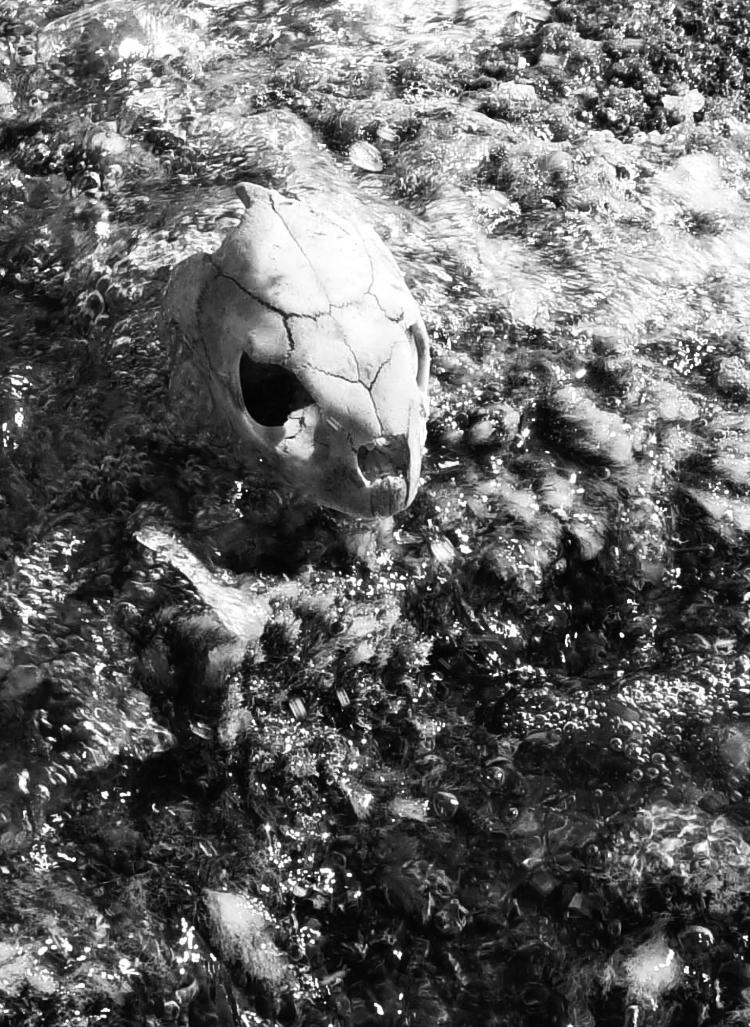
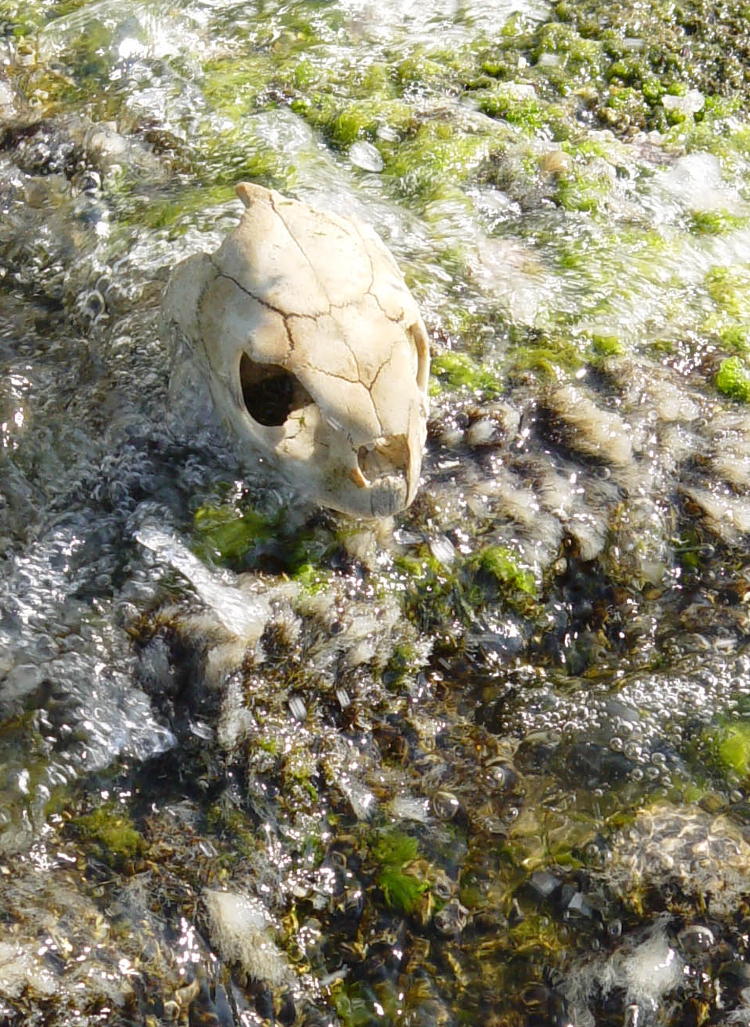






















































 Here’s a better look. No, right there, the little brown thing poking out from behind the purple petals. This is a full resolution inset, what I saw as I checked out the frame for acceptability, and that brown thing is likely a spider knee. I say this not from being anatomically obvious, but because there’s nothing brown that should be cropping up right there, and because the details fit, and because this is the kind of habitat that spiders like, which is illustrated by the image below from the same outing (different patch of flowers though.) It’s entirely possible that the spider saw me coming and slipped out of sight, but remained unaware of how badly its exposed knee gave it away. See, that’s the thing about growing up on hide-n-seek: when we do it, we can learn from it. When most others species do it, losing tends to be a bit final.
Here’s a better look. No, right there, the little brown thing poking out from behind the purple petals. This is a full resolution inset, what I saw as I checked out the frame for acceptability, and that brown thing is likely a spider knee. I say this not from being anatomically obvious, but because there’s nothing brown that should be cropping up right there, and because the details fit, and because this is the kind of habitat that spiders like, which is illustrated by the image below from the same outing (different patch of flowers though.) It’s entirely possible that the spider saw me coming and slipped out of sight, but remained unaware of how badly its exposed knee gave it away. See, that’s the thing about growing up on hide-n-seek: when we do it, we can learn from it. When most others species do it, losing tends to be a bit final.
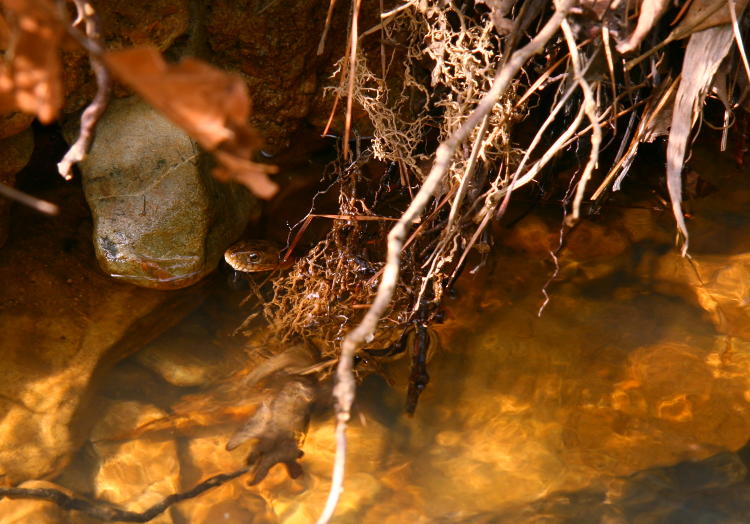

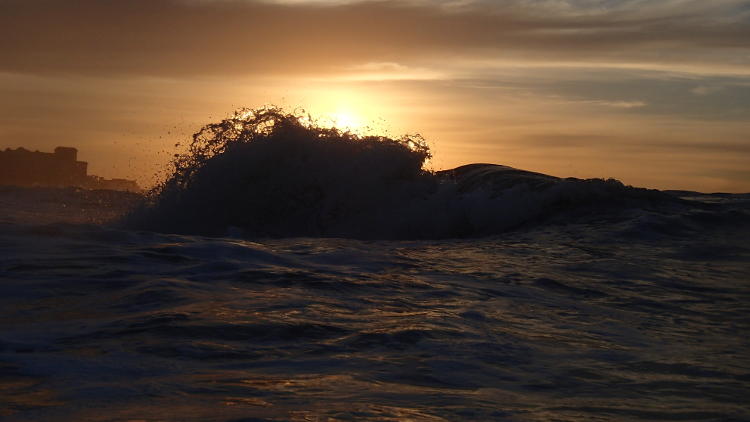
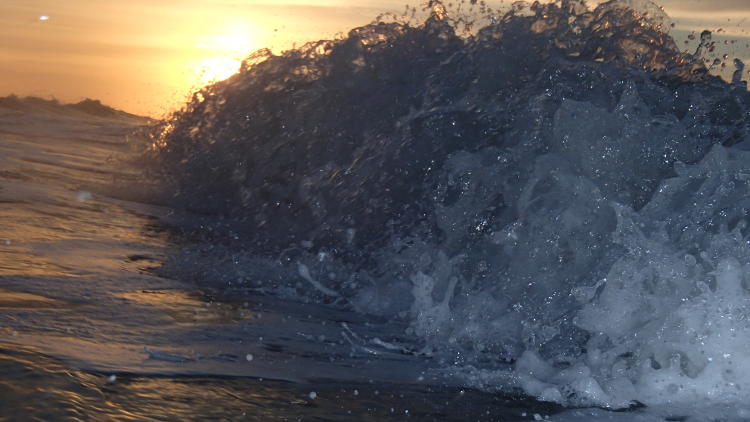
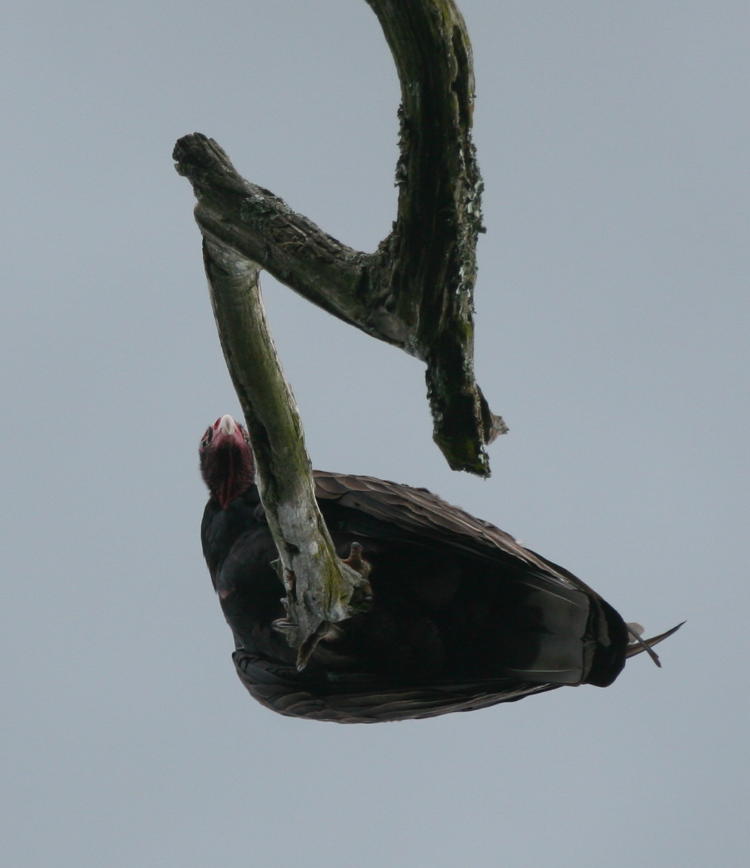
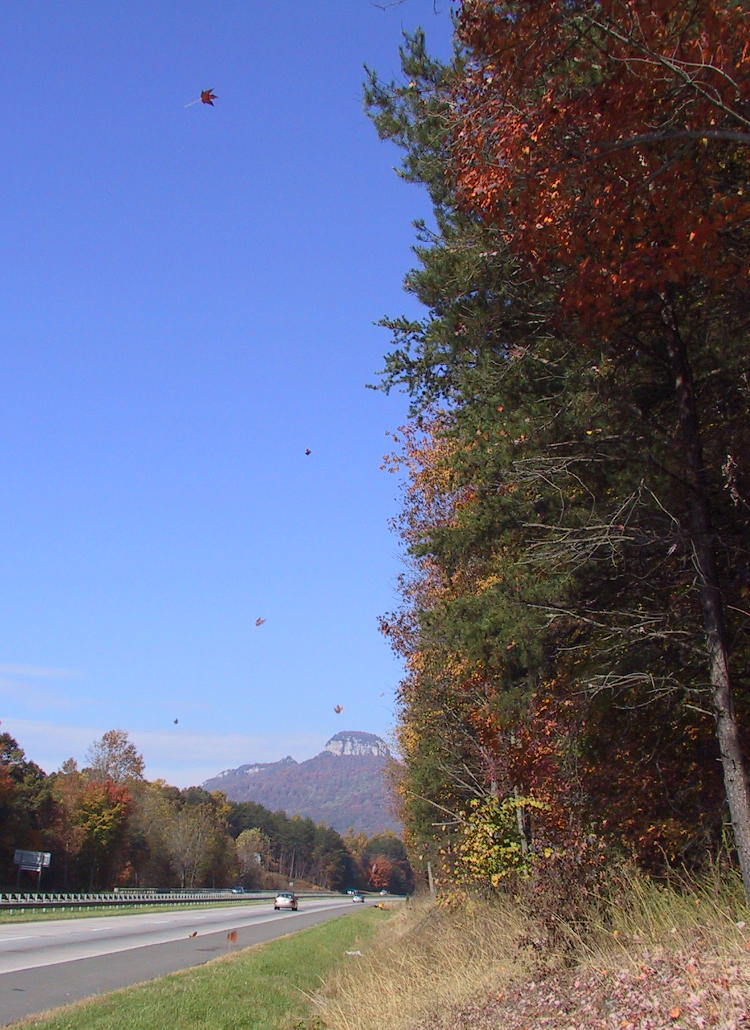

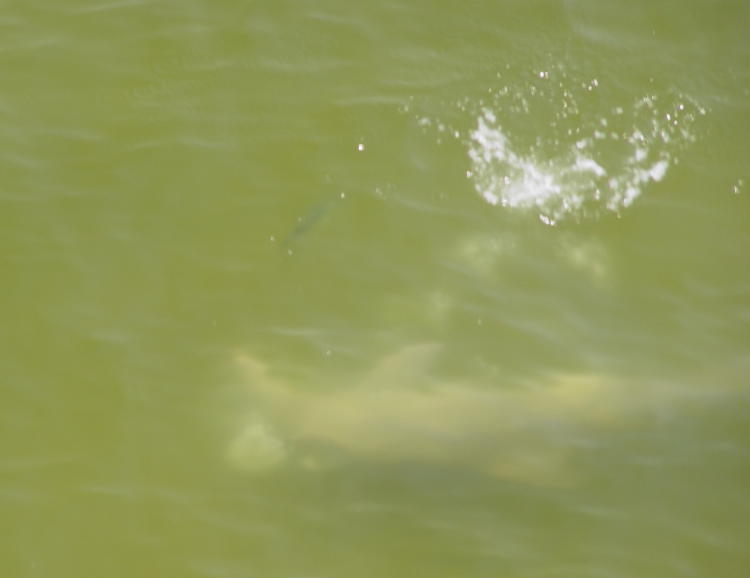
 If you’re not familiar with the name, Ken Ham is a notorious Young-Earth Creationist, known for his debates with Bill Nye and his cute-as-buttons ark park in Kentucky, where he espouses his ideas about biblical literalism – essentially, the [christian] bible is absolutely true in all regards, even when blatantly contradicting itself. And of course, one of those absolutes is the timeline of creation, establishing that the Earth is only around six thousand years old because that’s all the generations that have been outlined therein. We know this because… because. It says so right there in the bible, and unlike every other book in the world, the bible cannot contain prevarications, myths, or self-serving fables. You may think I’m being snarky, but Ham says as much himself right in his book.
If you’re not familiar with the name, Ken Ham is a notorious Young-Earth Creationist, known for his debates with Bill Nye and his cute-as-buttons ark park in Kentucky, where he espouses his ideas about biblical literalism – essentially, the [christian] bible is absolutely true in all regards, even when blatantly contradicting itself. And of course, one of those absolutes is the timeline of creation, establishing that the Earth is only around six thousand years old because that’s all the generations that have been outlined therein. We know this because… because. It says so right there in the bible, and unlike every other book in the world, the bible cannot contain prevarications, myths, or self-serving fables. You may think I’m being snarky, but Ham says as much himself right in his book. First off, no one is going to mistake this for a book on dinosaurs, despite Ham’s best efforts to list a lot of them. This is evangelical indoctrination, pure and simple, a hamfisted (a ha ha) attempt to use a subject that kids find popular to try and instill his own concept of biblical literalism. We’re not even talking the hoary old ‘Teach the Controversy’ idea, because he does not present controversies, only the idea that scientists are wrong, because bible. When he is presenting the fossil evidence of body types and habitats, for instance, he is content to simply refer to “scientists,” but when it comes to ages and diet, he begins to make the distinctions of “secular scientists” and “creation scientists,” a division to be found among evangelists and nowhere else, since science is not built around ideology, but around the strength of the research. This research is openly dismissed within the book whenever it fails to support any biblical passages, regardless of how much evidence and interconnectedness it demonstrates; Ham even goes so far as to say, multiple times, that secular scientists “guess” at how old things are, completely failing to address the huge body of work that supports the consensus of a 4.5 billion-year-old Earth.
First off, no one is going to mistake this for a book on dinosaurs, despite Ham’s best efforts to list a lot of them. This is evangelical indoctrination, pure and simple, a hamfisted (a ha ha) attempt to use a subject that kids find popular to try and instill his own concept of biblical literalism. We’re not even talking the hoary old ‘Teach the Controversy’ idea, because he does not present controversies, only the idea that scientists are wrong, because bible. When he is presenting the fossil evidence of body types and habitats, for instance, he is content to simply refer to “scientists,” but when it comes to ages and diet, he begins to make the distinctions of “secular scientists” and “creation scientists,” a division to be found among evangelists and nowhere else, since science is not built around ideology, but around the strength of the research. This research is openly dismissed within the book whenever it fails to support any biblical passages, regardless of how much evidence and interconnectedness it demonstrates; Ham even goes so far as to say, multiple times, that secular scientists “guess” at how old things are, completely failing to address the huge body of work that supports the consensus of a 4.5 billion-year-old Earth. This is why I never feel particularly threatened by books of this ilk. It is very easy for a questioning child to find all of the flaws in his desperate flailing, and even if their childhood was fully immersed in such selective ‘education,’ interactions with the broader world will soon start to show the myriad problems. As will the progress of (real) science, as his comment that we have never found a dinosaur fossil with feathers was
This is why I never feel particularly threatened by books of this ilk. It is very easy for a questioning child to find all of the flaws in his desperate flailing, and even if their childhood was fully immersed in such selective ‘education,’ interactions with the broader world will soon start to show the myriad problems. As will the progress of (real) science, as his comment that we have never found a dinosaur fossil with feathers was 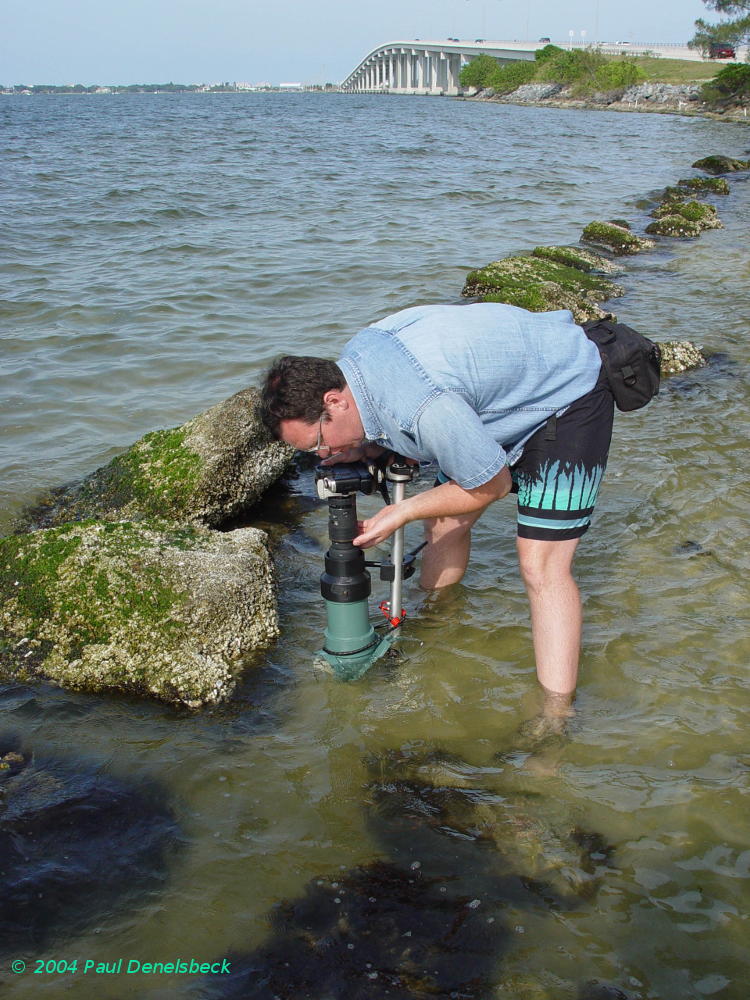
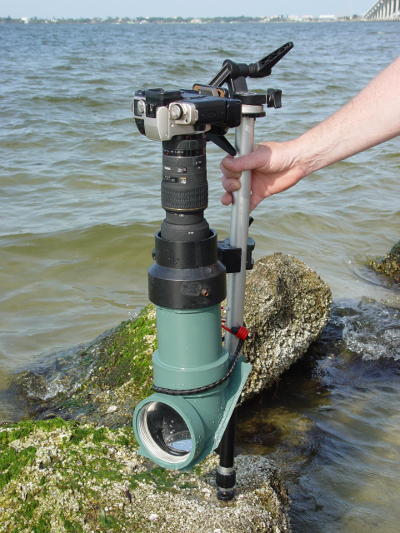 The key portion that promoted the whole thing from an idea to a work-in-progress was a front-silvered mirror, and let me explain. Most mirrors are back-silvered, the reflective surface being on the back side of the glass because it’s delicate and easy to scratch. But doing any photography, especially high-magnification photography, with one of those means there are always secondary ‘ghost’ reflections from the front surface of the glass, so the goal is the make the front surface the most reflective. I thought this was going to be a tricky thing to purchase until I came across replacement side-mirror panels in an auto parts store; the unfinished back was exactly what I was looking for, and it was available in larger pieces for truck mirrors. The remainder is all PVC pipe and a piece of clear acrylic for the viewing window. The elbow is actually a T-joint cut on a precise diagonal and sanded flat for the mirror to mount to, and I painted it all green both to reduce its obvious contrast to any undersea denizens that I got close to, and to cut the glow from reflected light onto the photo subjects and surroundings. On the black collar (a simple reducer) was mounted a 1/4-20 threaded insert for a standard tripod screw, as well as a 3/8-16 threaded stud for a mini ballhead to hold a flash unit, which could be aimed to fire into the water just ahead of the scope. Seen behind the camera is a Manfrotto 3028 head, which as far as I’m concerned is a necessary tripod head for anyone into esoteric photography experiments, since it can get into countless different angles, and was the only one that would accommodate the needs here. All submerged seams were sealed with silicone, and the inside of the whole assembly was painted deep matt black to eradicate internal reflections – before the mirror and viewport were attached, of course. Planning ahead a little can make things much easier.
The key portion that promoted the whole thing from an idea to a work-in-progress was a front-silvered mirror, and let me explain. Most mirrors are back-silvered, the reflective surface being on the back side of the glass because it’s delicate and easy to scratch. But doing any photography, especially high-magnification photography, with one of those means there are always secondary ‘ghost’ reflections from the front surface of the glass, so the goal is the make the front surface the most reflective. I thought this was going to be a tricky thing to purchase until I came across replacement side-mirror panels in an auto parts store; the unfinished back was exactly what I was looking for, and it was available in larger pieces for truck mirrors. The remainder is all PVC pipe and a piece of clear acrylic for the viewing window. The elbow is actually a T-joint cut on a precise diagonal and sanded flat for the mirror to mount to, and I painted it all green both to reduce its obvious contrast to any undersea denizens that I got close to, and to cut the glow from reflected light onto the photo subjects and surroundings. On the black collar (a simple reducer) was mounted a 1/4-20 threaded insert for a standard tripod screw, as well as a 3/8-16 threaded stud for a mini ballhead to hold a flash unit, which could be aimed to fire into the water just ahead of the scope. Seen behind the camera is a Manfrotto 3028 head, which as far as I’m concerned is a necessary tripod head for anyone into esoteric photography experiments, since it can get into countless different angles, and was the only one that would accommodate the needs here. All submerged seams were sealed with silicone, and the inside of the whole assembly was painted deep matt black to eradicate internal reflections – before the mirror and viewport were attached, of course. Planning ahead a little can make things much easier.